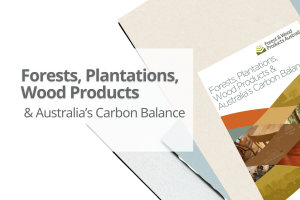FWPA contracted Natural Capital Economics to undertake an economic impact assessment of four randomly selected projects. The sample was selected from projects that were funded and completed between the year 2011 and 2018. The economic assessments will be used for reporting to the FWPA stakeholders (annual reporting), meeting the statutory funding agreement with the Australian Commonwealth Government, and for reporting to the Council of Rural Research and Development Corporations.
The primary approach used to assess the impact of the four R&D projects is cost-benefit cost analysis (CBA). The assessment was a desktop study, supported by consultation with key R&D project personnel, literature review, and additional data gathering, as required.
This report presents results from an impact assessment of four projects that were funded by Forest and Wood Products Australia (FWPA) between 2011 and 2018, in conjunction with several other stakeholders. A cost-benefit analysis framework was used to scope and quantify the identified benefits. The evaluation was a desktop study, supported by consultation with key R&D project personnel and a review of the literature.
The four projects that were selected by FWPA for inclusion in this study were:
- Creating a pathway to build timber frame houses in a traditionally double-brick housing market (PNA371),
- Adaptation strategies to manage risk in Australia’s plantations (PNC228),
- Life Cycle Assessment of a 5 Storey Residential Building in Parkville (PRA334), and
- Economic contribution of the forestry industry within the Green Triangle (VNA471).
The present value of costs for total investments in the four projects ranged from $50,294 to $1.98 million and $42,780 to $841,131 for FWPA’s contribution. The net present value of the total investment ranged from $494,837 to $5,715,529 and the benefit cost ratios ranged from 6:1 to 20:1. The results indicate that all four projects were viable with beneficial outcomes for the levy-paying industry and community at large.
Project number: PRE528-2021


